| Compact car; Built in Mexico |
|
|
| Good condition price range: $8,000 – $19,500* |
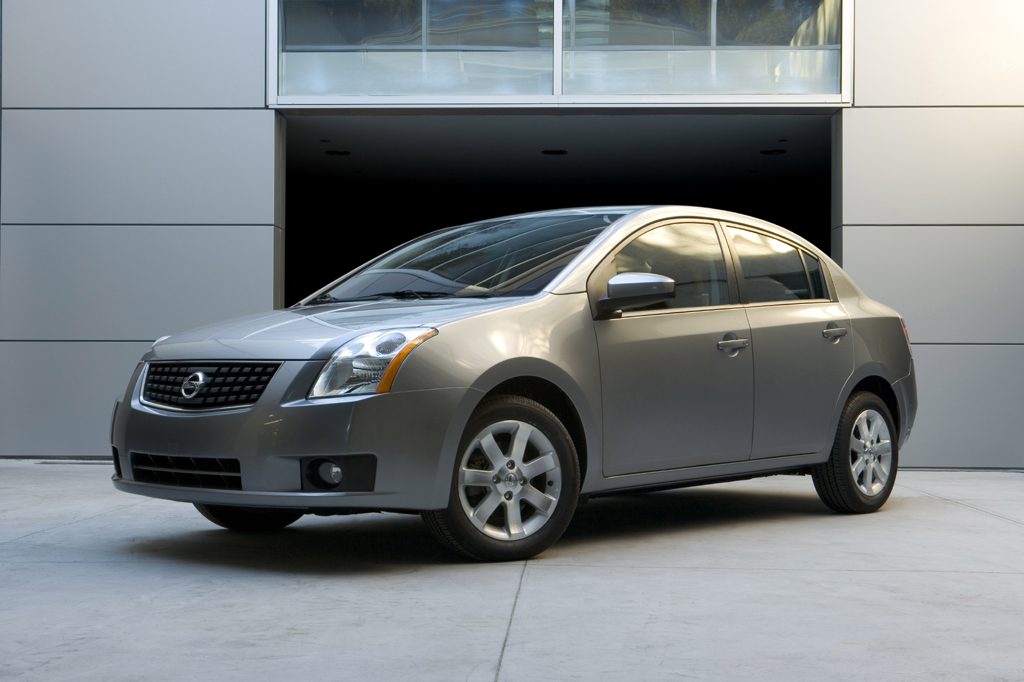
2008 Nissan Sentra
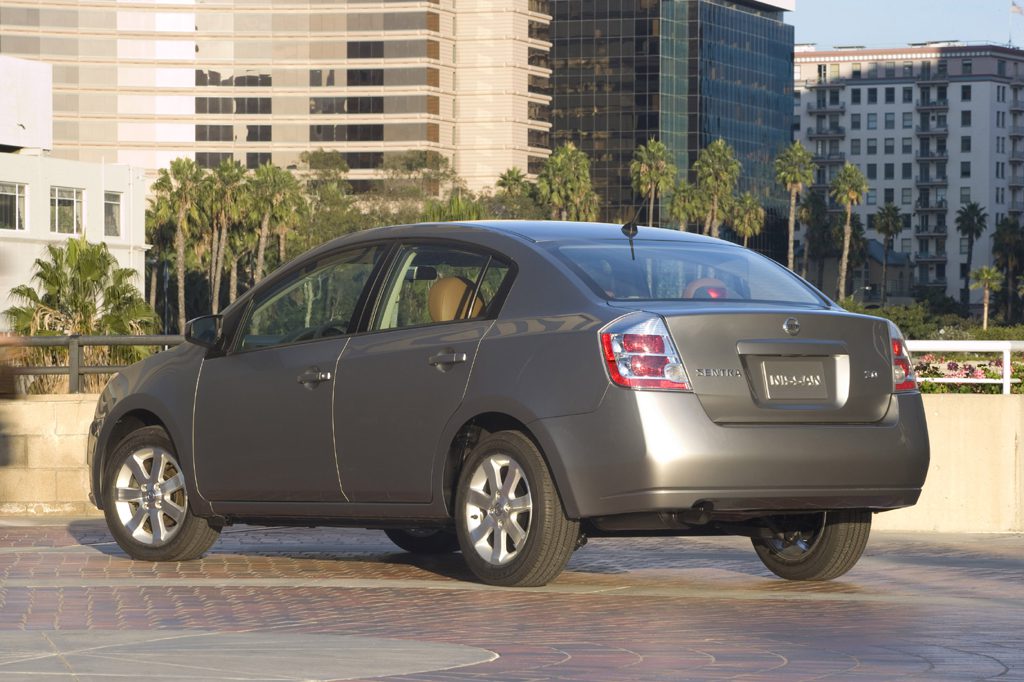
2008 Nissan Sentra
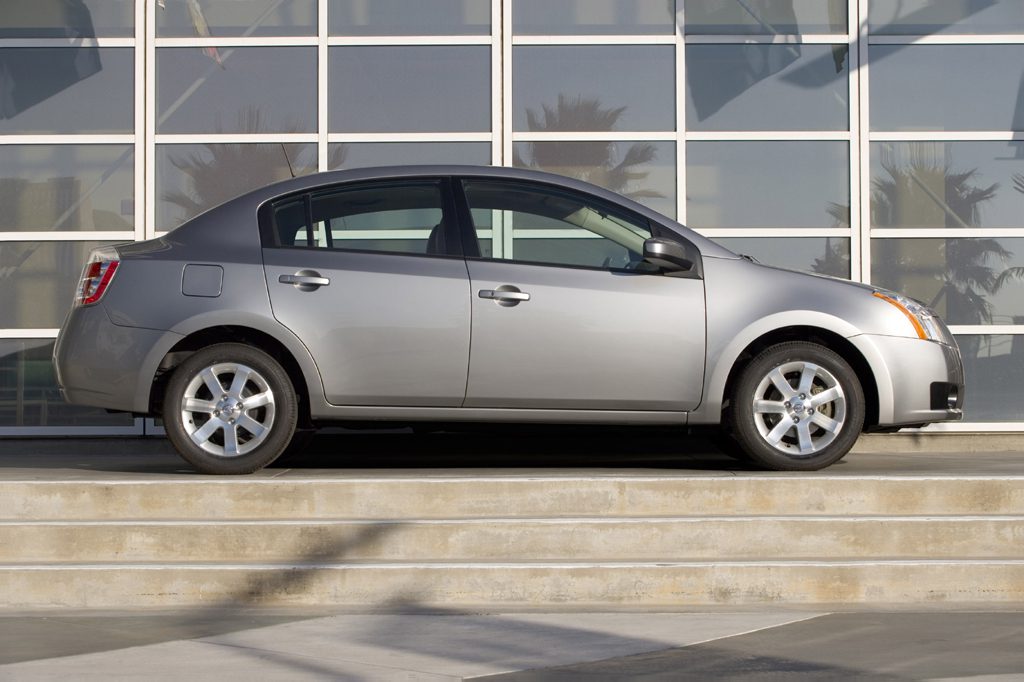
2008 Nissan Sentra
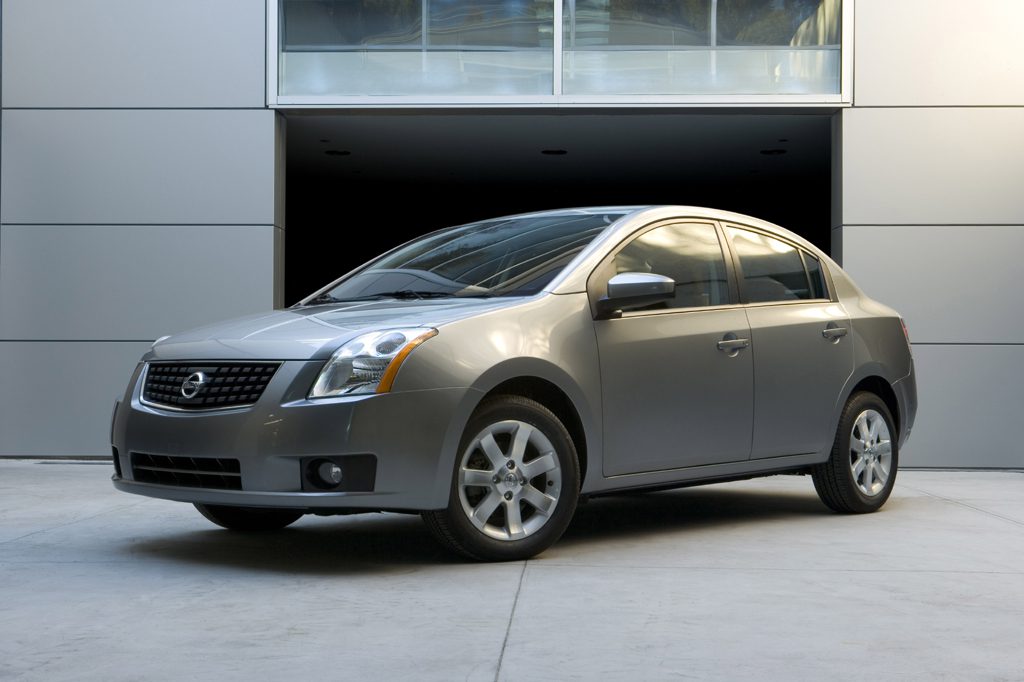
2008 Nissan Sentra
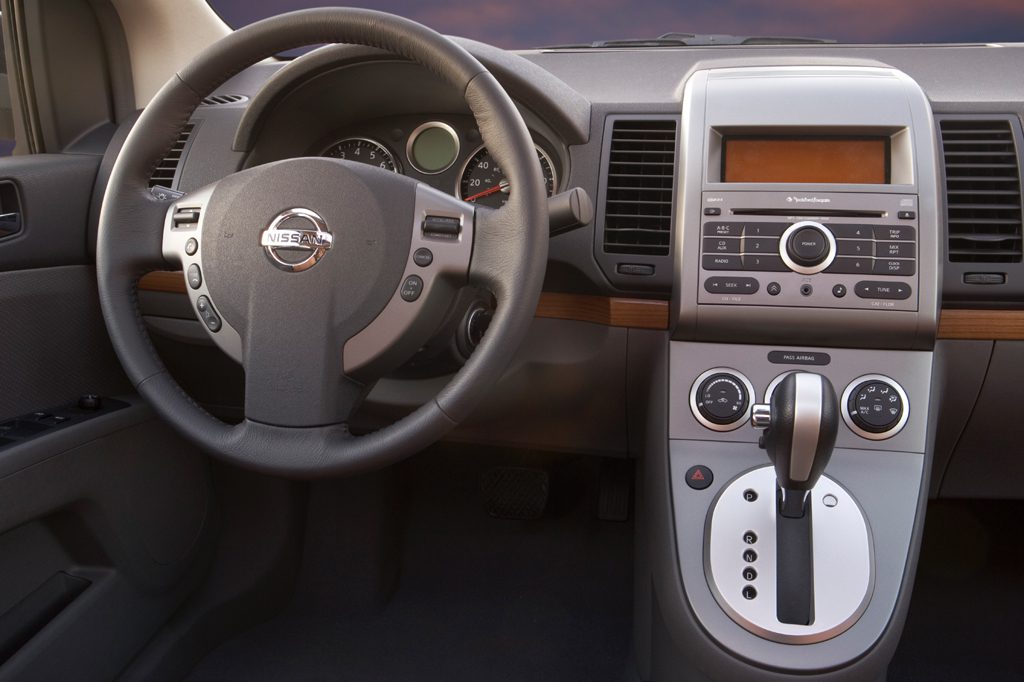
2008 Nissan Sentra
| Pros: |
|
| Cons: |
|
Sentra is a competent compact sedan that rides comfortably and has been available with some upscale features, such as keyless starting and a wireless cell phone link. Still, its cramped rear seat, lackluster acceleration, and ordinary handling make it less appealing than a Honda Civic or Mazda 3-or for that matter, Nissan’s own Versa.
Overview
Nissan redesigned its compact front-drive sedan for 2007, giving it freshened styling as well as additional power and more features. Measuring 5.9 inches longer in wheelbase than the 2000-2006 model, the 2007 Sentra was 2.3 inches longer overall. Base 2.0, step-up 2.0 S, and top-line 2.0 SL models were offered. Each held a 140-horsepower, 2.0-liter four-cylinder engine, replacing the prior 126-hp 1.8-liter. A six-speed manual transmission was standard in the 2.0 and 2.0 S. Optional on those two and standard on the 2.0 SL was a gearless, continuously variable automatic transmission (CVT).
High-performance SE-R and SE-R Spec V editions joined the Sentra lineup at midseason. The SE-R held a 177-hp, 2.5-liter four-cylinder engine and a CVT. The Spec V’s 2.5-liter engine develops 200 hp, with a mandatory six-speed manual gearbox. Antilock braking was standard on the SL, SE-R, and Spec V, but optional on others. SE-R and Spec V models had all-disc brakes, a sport suspension, and specific exterior and interior styling details.
Front side airbags and curtain airbags were standard on all models. Also standard were air conditioning and power windows and locks. Sentra’s rear seat cushion could be flipped forward, allowing the split rear seatback to fold flat with the floor. A trunk-wall divider that created a hidden storage compartment was standard in SL, SE-R, and Spec V models, and available for the S. Leather upholstery, a wireless cell phone link, and keyless locking and starting were standard on the SL. Likely Sentra rivals included the Ford Focus, Honda Civic, and Mazda 3.
Yearly Updates
| 2008 Sentra Apart from additional standard equipment on certain models and modified option package contents, little was new for 2008. |
| 2009 Sentra Sentra continued largely unchanged for 2009. |
| 2010 Sentra The 2010 Nissan Sentra got slightly freshened styling and new option packages. |
| 2011 Sentra The 2011 Nissan Sentra saw no major changes. |
| 2012 Sentra There were no changes of note to the 2012 Nissan Sentra. |
